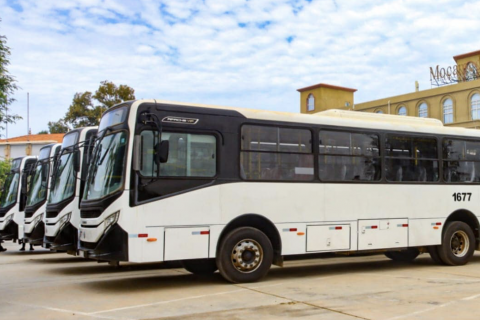According to the Employment Survey released by the National Statistics Institute, the unemployed population aged 15 or over was estimated at 4,921,440 people (-8 percent year-on-year), comprising 29.6 percent of economically active Angolans (- 3.3 percentage points compared to the last quarter of 2021).
The unemployment rate in the urban area (38.5 percent) is about three times higher than in the rural area (13.5 percent), with a difference of 25 percentage points, and young people between 15 and 24 years old are the most affected age group, with an unemployment rate of 52.9 percent, still lower than the 59.8 percent recorded in the last quarter of 2021.
In quarterly terms, the unemployed population aged 15 and over increased by 0.2 percent between October and December 2022, compared to the previous three months, while the unemployment rate of the population aged 15 and over decreased by 0.4 percentage points .
In the fourth quarter of 2022, in the population of working age (people aged 15 or over), 11,682,309 people declared that they worked for others, self-employed or in a family business.
About 50 percent of the employed population works in agriculture, animal production, hunting, forestry and fishing, followed by wholesale and retail trade with 21.7 percent.
Most of the population works in the private sector and 80.5% have an informal job, of which 72.3% are men and 87.9% are women.
In the fourth quarter of 2022, the majority of employees in informal employment were self-employed (50.3 percent), family workers (29.5 percent) and workers for own consumption (10.7 percent), with the higher rate of informal employment in the rural area than in the urban area.
The inactive population aged 15 and over was estimated at 1,895,829 people, with an inactivity rate of 10.2 percent.
The highest values are found in the age groups of 65 years and over (an age group in which many people are retired and others are not physically able to work due to advanced age) and in young people aged 15-24 years (a group that includes still students), representing 15.8 percent.







